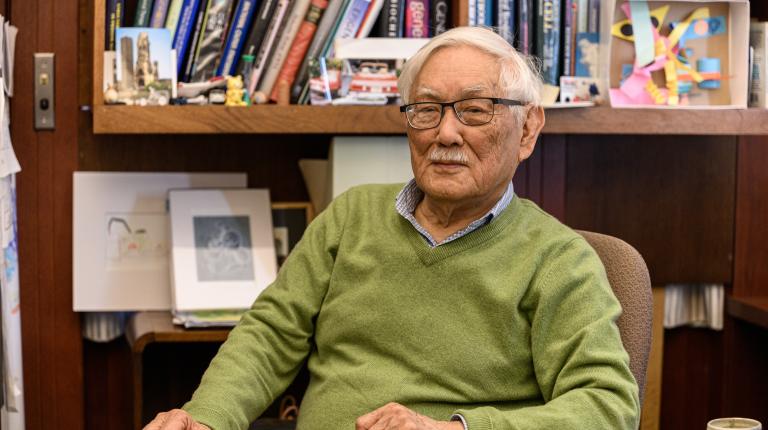Every bacterium contains a number of toxin-antitoxin systems (for example, E. coli contains at least 36 independent TA systems). Our group pioneered the molecular biological study of TA systems. One of the most extensively studied systems is the mazE-mazF system from E. coli, and we demonstrated that the toxin, MazF, is a 111-residue protein, which functions as an ACA-specific endoribonuclease (cleaving mRNA at ACA sequences). Therefore, when MazF is induced under stress conditions, it eliminates all cellular mRNAs, resulting in cell growth inhibition, creating dormant cells, which makes cells antibiotic resistance. Similar TA systems of Mycobacterium tuberculosis and many other pathogenic bacteria also contribute to dormancy and antibiotic resistance. Understanding TA systems is an integral part of the biomedical research needed to prevent the formation of dormant, antibiotic resistant bacterial cells.
The second research topic is on the evolution of genetic codons. There are a total 20 amino acids, which are encoded by a total of 61 codons, consisting of three bases, U, C, A and G. Some amino acids are encoded by only one codon (Trp, Met) while the others by two codons (Phe, Tyr, Cys, His, Lys, Asp, Asn, Glu, Gln), by three codons (Ile), by four codons (Pro, Thr, Val, Ala, Gly) or by six codons (Ser, Leu, Arg). We hypothesized that the initial genetic codons are codons containing G residues at the first and/or the second base position in the triplet codon. In this hypothesis, we suggest that in the primordial period, there were only 7 amino acids, Val, Ala, Asp, Glu, Gly, Ser and Arg (all with G in the first/second position). We are experimentally testing this hypothesis by designing various enzymes consisting of only these 7 assumed primordial amino acids.
Read More › about Congratulations Masayori Inouye - Molecular Biology Leader Award for 2023
Read More › about Conversations with CABM Director: An interview with Dr. Masayori Inouye
Read More › about New Light on Old Discovery
Read More › about PNAS Inauguration Paper and Profile of Masayori Inouye
Read More › about CABM Distinguished Professor Masayori Inouye named to National Academy of Sciences



